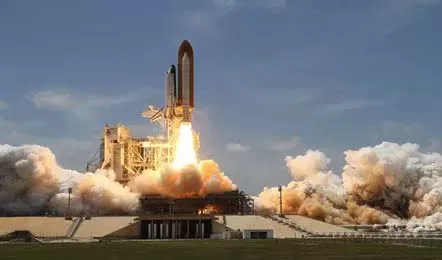In a monumental leap for space exploration, the Indian Space Research Organisation (ISRO). Along with the Japan Aerospace Exploration Agency (JAXA). The National Aeronautics and Space Administration (NASA). And the European Space Agency (ESA), has embarked on a groundbreaking mission known as Chandrayaan 4. This collaborative effort aims to unravel...
Chandrayaan 3 is a follow-up mission Chandrayaan 3 is a follow-up mission to Chandrayaan-2 and aims to demonstrate various capabilities, including safe landing, roving, and scientific experiments on the lunar surface. The mission comprises a Lander, Rover, and Propulsion Module, with advanced technologies integrated to achieve its objectives. Chandrayaan 3...
Chandrayaan-3's failure-based design is an approach to spacecraft design that focuses on identifying and mitigating potential failures. This is done by designing the spacecraft with redundancy and flexibility, so that it can continue to function even if some components fail. Failure-based design is a key part of Chandrayaan-3's design, as...
The Chandrayaan-3 mission is a high-lifting rocket developed by the Indian Space Research Organisation (ISRO). It is a three-stage vehicle that is capable of lifting a payload of up to 40 tons into low Earth orbit. The rocket is powered by a combination of solid and liquid fuel engines. The...
Introduction Launch Chandrayaan-3 - In the ever-evolving realm of space exploration. The Indian Space Research Organisation (ISRO) is set to make waves once again. With its upcoming mission, Chandrayaan-3. Building upon the success of its predecessors, Chandrayaan-1 and Chandrayaan-2, this mission promises to be a giant leap for India's lunar...





